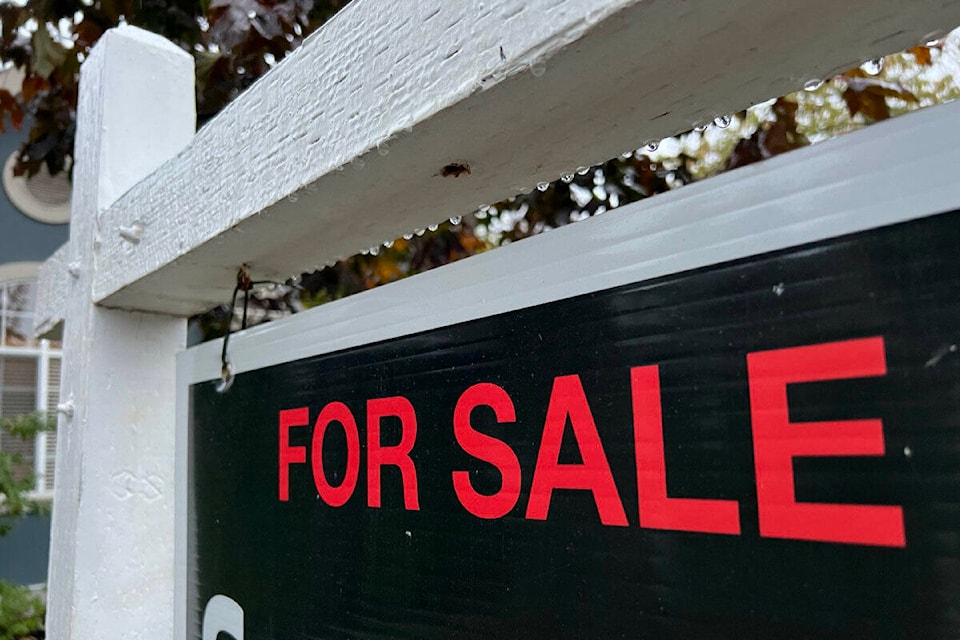~BW Uzelman
The population of the City of �������� from 2016 to 2021 increased by 13.5% (17,000 people), ��������’s 2022 Community Trends Report says. From 2001 to 2016, in each five-year census period, population grew by about 10,000. The �������� CMA (Census Metropolitan Area) saw the fastest growth in BC and Canada from 2016 to 2021, increasing by 14%. The CMA includes ��������, West ��������, Lake Country and Peachland. Growth stayed hot to mid-2022 in the CMA. Statistics Canada estimated the population grew to 235,500 by July of 2022, adding 6500 people since July of 2021. That’s almost 3% in one year.
The Community Trends Report also reveals that the population of the city is changing. It says, “in 2021, for the first time in more than 25 years, ��������’s median age (42.4) was lower than the provincial median age (42.8).” The report credits the growing numbers of people aged 20-34 and fewer aged 35-54. Those over 65 continue to increase, but not in the same number as the 20-34 group. (The median age had increased substantially from 1996 to 2016, from 38 to 44.)
The population is now more diverse. The Indigenous population has increased to 5.6% of the total. The proportion of immigrants in �������� at 15% is well below that of B.C., but is growing at a faster rate in the city, notes the report. Numbers of non-permanent residents, “nearly doubled between 2011 and 2016 and more than doubled again between 2016 and 2021.” In 2021, almost 4000 non-permanent residents – including temporary foreign workers, foreign students and refugees – were in ��������.
In 2021, the labour force grew to 55% of the population in the city. The labour force is more diverse than in the past, as are the occupations available, says the Trends Report. Median household income in 2020 at $73,500 was below the comparable cities of Abbotsford at $81,000 and Kamloops at $78,000. And the report warns, “Housing affordability has decreased in �������� for the last 20 years, with costs for both rental and ownership housing increasing much faster than incomes.”
It is clear that the sharp uptick in population in �������� from 2016 to 2021 knocked down townhouse and apartment vacancy rates. CMHC data shows vacancies as low as 0.2%, tighter than from 2011 to 2016. Predictably, median monthly shelter costs – rental and owned – increased sharply in 2016-2021. Despite strong housing starts in �������� (CMA), 3266 in 2021 and 3382 in 2022, as interest rates spiked in 2022, a further bump in shelter costs likely occurred. In the province, record housing starts in 2021 of 47,600, were followed by 46,700 in 2022. The B.C. Government projects about 39,000 starts in 2023.
The province conservatively projects population growth in Metro �������� will be near 5000 per year for the next few years. The federal government admitted record levels of immigrants in 2022, and will continue to increase rates. The City �������� is becoming younger and more cosmopolitan, and offers more diverse career opportunities. That will attract even more immigrants and inter-provincial migrants.
As the economy cooled through 2022, vacancy rates moderated somewhat in ��������. The rate, now over 1%, could settle at that level for a time. Once the economy recovers, that is unlikely to be the case. Housing starts may not be sufficient to meet demand. “�������� is likely to continue to attract residents,” the Trends Report concludes. “Population growth means an increased demand for housing, and if housing supply doesn’t keep up, housing affordability challenges will persist.”
The B.C. Government passed the Housing Supply Act in November, which allows it to set housing targets for municipalities and to ensure compliance. The 2023 Budget added $4.2 billion over three years to, “get people into homes they can afford,” but details are to come. The impact of these actions is unclear.
It is not even clear if the province is targeting the most significant causes of high housing costs. Wendell Cox, a fellow at the Frontier Institute, studies housing markets in eight countries around the world. “Urban containment policies”, typically in the form of a greenbelt, says Cox, strictly limit housing construction at the periphery of the city. Land costs within the city rise sharply as a result. Cox asserts, “urban containment has been associated with huge housing cost escalation relative to income.”
Cox defines the Agricultural Land Reserve (ALR) as an urban containment policy. He rates Vancouver as the 92nd least affordable market of the 94 he studies. He notes that high prices have spread from Vancouver to smaller markets – including �������� – as people migrated from Vancouver. He classifies ��������, the Fraser Valley, Chilliwack and Victoria as “extremely unaffordable”. From 2016 to 2022, he demonstrates, housing affordability has worsened in all of these markets. Cox’s data is compelling.
Past and present governments in B.C., it seems, viewed significant alteration of the ALR as politically unpalatable. That should not be. The ALR should protect farmland in rural B.C., but not within city boundaries and perhaps not immediately adjacent to cities. B.C. Residents increasingly expect affordable housing. Our standard of living should not be compromised by artificially elevated land costs.
bruce
Bruce W Uzelman
I grew up in Paradise Hill, a village in Northwestern Saskatchewan. I come from a large family. My parents instilled good values, but yet afforded us, my seven siblings and I, much freedom to do the things we wished to do. I spent my early years exploring the hills and forests and fields surrounding the village, a great way to come of age.
I attended the University of Saskatchewan in Saskatoon. I considered studying journalism at one point, but did not ultimately pursue that. However, I obtained a Bachelor of Arts, Advanced with majors in Economics and Political Science in 1982.
Contact: urbangeneral@shaw.ca
Like us on and follow us on .




